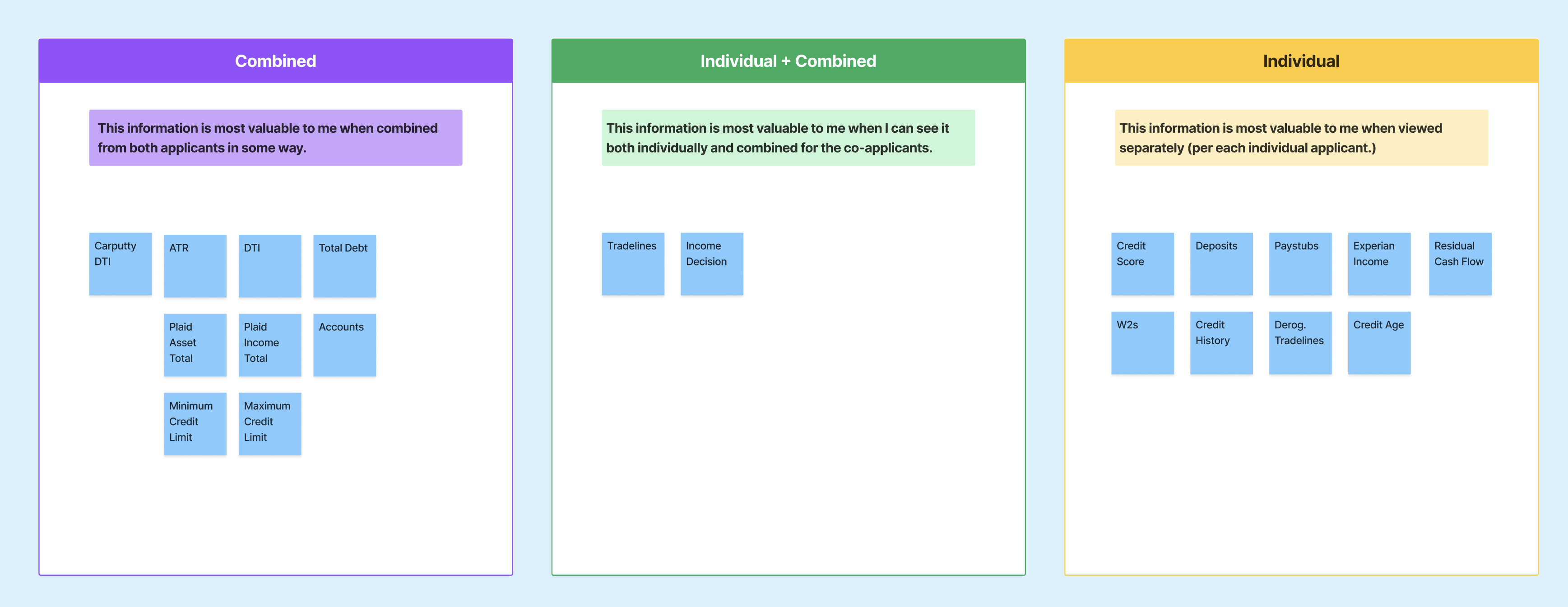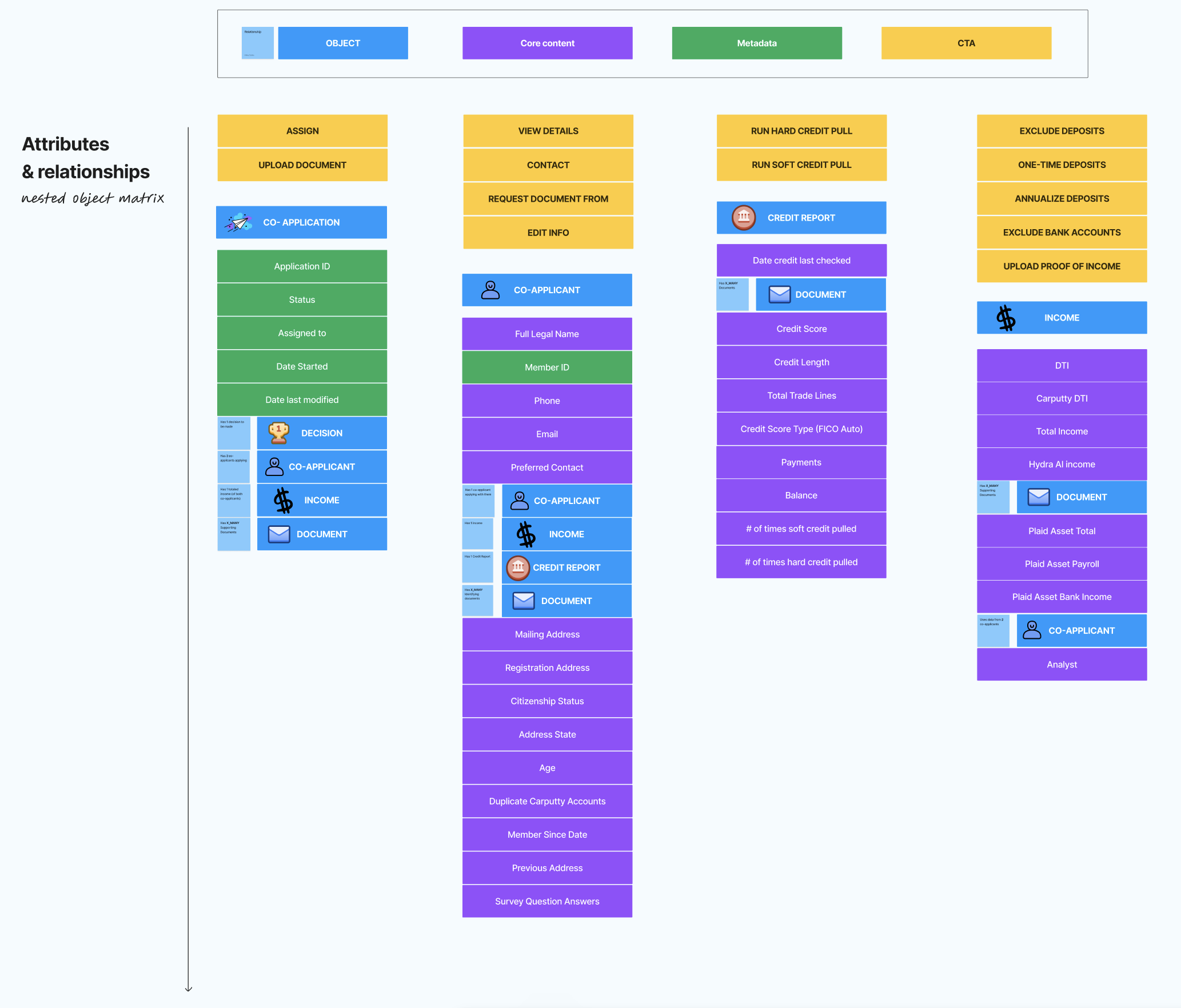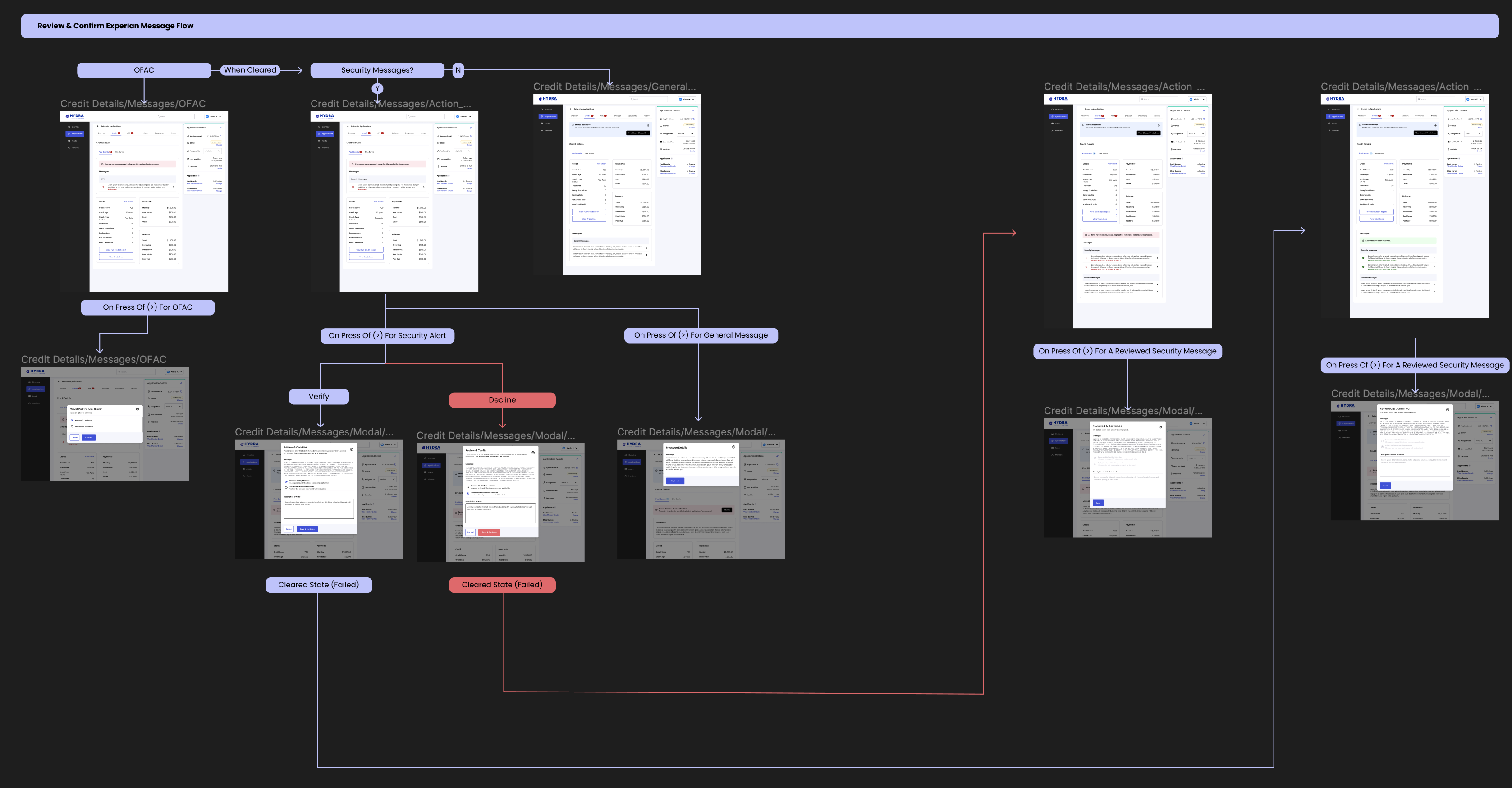Problem
Carputty, an auto financing startup, lacked the technical ability to process joint applications. This limited the amount of interested applicants and prevented Carputty from marketing their software as a service to other companies.

Carputty's Underwriting software lacked the ability to process joint applicants. This limited the number of eligible applicants, restricting revenue opportunities, and decreased the attractiveness of the company's software as an SAAS offering. I conducted user research on the Underwriting process and redesigned the internal software to be able to process joint applicants. This project has been developed and released, resulting in an expansion of revenue generating capabilities and improvements in applicant elegibility tracking for the company.
Carputty, an auto financing startup, lacked the technical ability to process joint applications. This limited the amount of interested applicants and prevented Carputty from marketing their software as a service to other companies.






This project's sheer size required careful handling. It was vital to clearly define project scope. Trying to solve every possible problem was impossible, and I needed to prioritize design features for maximum impact.
Despite occasional information delays from our credit and financing departments, effective communication through precise questioning and documentation helped align the project with our business practices and legal requirements.
These conversations allowed for future planning, enabling us to prioritize essential business and user needs, as well as consider "nice-to-have" features for later implementation, even if not feasible within current time or budget constraints.